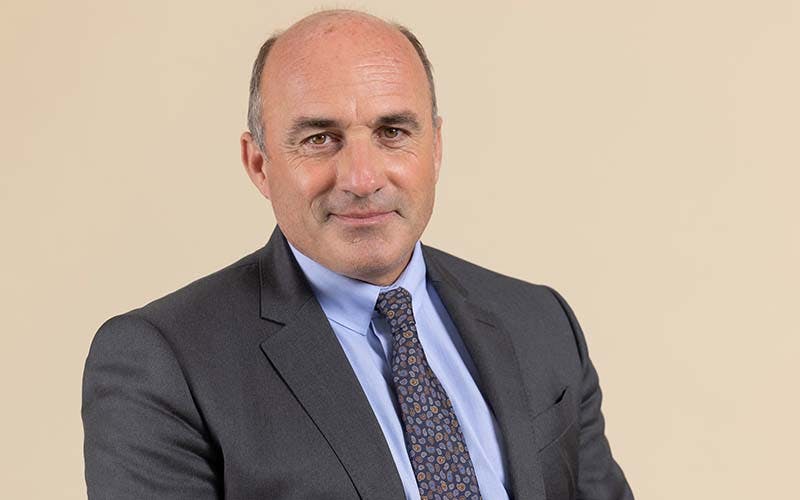Press Archive
Carmignac Annual Media Event 2022
- Published
-
Length
2 minute(s) read
Macroeconomic outlook – Raphaël Gallardo, Chief Economist
- The global economy should decelerate from 5.5% in 2021 to 4.2% this year. The first half of the year should see an abrupt slowdown driven by the Omicron wave, elevated energy prices and the impact of monetary tightening in emerging markets and Anglo-Saxon economies. We expect the global economy to recover from the second half of the year thanks to the stimulative policies enacted in China.
- China faces three specific growth headwinds: the rising costs of its zero-COVID strategy, the downsizing of its housing sector, and the expected slowdown of exports to developed economies. But authorities have clearly signaled a shift in the policy stance towards more easing. After a first push on infrastructure investment and rate cuts since December, we expect another round of fiscal stimulus and monetary easing after the National People’s Congress in March.
- The US is entering full overheating mode in Q1, even earlier than we thought due to the Omicron wave depressing further the labor supply. Sequential growth should halve to 2.4% by year-end on the back of labor constraints and final demand moderation (high inflation, negative fiscal stance, excess inventories in durable goods). Given the risk of inflation expectations being unmoored, the Fed has no choice but to signal a swift tightening cycle into a slowing economy.

“In the short-term, the euro area will continue to suffer from high energy prices related to the Russia-NATO stand-off, and from its dependence on global supply chains. But once these headwinds fade, Europe should benefit from a potential full recovery on its labor market fuelled by a positive fiscal impulse.”
Investment strategy and allocation – Frederic Leroux, head of the Cross Asset team and member of the Strategic Investment Committee
- In equities, holding high-quality growth stocks with pricing power makes sense in the context of an economic slowdown and resilient inflation. But the resilience of inflation and the strong consumer’s balance sheet justifies some exposure to cyclical sectors such as energy and banks despite the coming period which warrants a defensive level of exposure to equities
- In fixed income, we maintain our defensive approach, which could be eventually amplified, given the possibility of more resilient inflation. The steeping of the curve is a growing possibility.
- In emerging markets, we remain invested in China as the country is the world's second largest pool of growth stocks and is about to reverse its policy mix in order to support its economy

“For years, the US Reserve federal’s interventions were based on the investors’ behaviour. Now it is inflation that affects the Fed’s decision and will impact the future European Central Bank’s policy moves. The current inflation, which is largely driven by the energy prices, leads us to take a renewed interest in the fossil fuel sector consistent with the ESG dynamic, but also in the banking sector, which will benefit from the rise in the yield curve and its potential steepening over time.”
While the 2020 and 2021 stock markets performances will be very difficult to replicate this year, there are several positive factors to be considered. Central banks will do everything in their power not to put growth at danger. They will do their best to avoid killing growth while addressing inflation: real interest rates could remain negative for some time. Many emerging countries will not be severely affected by US monetary tightening as they are benefiting from rising commodity prices and/or are already well on the way to tightening their own monetary policy.